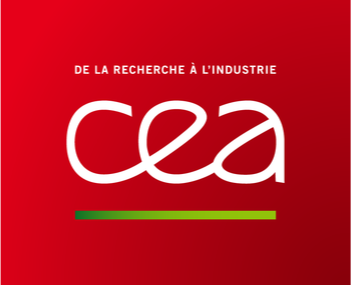B. Ladislas Kubin memorial symposium on microstructure evolution across multiple length scales
Keynote speakers:
| Yves Bréchet | Saint Gobain & Monash University, France |
| Elizabeth A. Holm | University of Michigan, USA |
| Jaafar El-Awady | Johns Hopkins University, USA |
| David Rodney | Université de Lyon, France |
| Marc Fivel | SIMaP-GPM2, France |
| Pierre-Antoine Geslin | MATEIS laboratory, INSA-Lyon - Université Lyon 1, France |
| Marc Geers | Eindhoven University of Technology, Netherlands |
| Douglas Spearot | University of Florida, USA |
| Michael Zaiser | FAU Erlangen-Nürnberg, Germany |
The physical properties of materials are almost always the result of defect interactions across length and time scales. Microstructural evolutionary processes operate on these defects, giving rise to variations in materials properties. The major objective of multiscale materials modeling is to achieve a predictive, physics-based understanding of microstructure evolution in order to connect the material composition and processing to physical properties. The intersection of the fields of microstructure evolution, defect interactions, and material properties across length and time scales has opened new avenues that will accelerate innovations within the community.
This memorial symposium is dedicated to Ladislas Kubin, an outstanding materials physicist, who passed away in 2022 in the age of 79. Ladislas spent his early career as an experimentalist doing the first in situ observations of moving dislocations by transmission electron microscopy. His early work contributed a lot to the understanding the elementary dislocation reactions and the motion of dislocations. Very early, he developed a pronounced taste for theory and modeling - from individual dislocation behaviors directly related to his observations to collective effects and macroscopic properties. His subjects of interest were numerous: plastic flow instabilities, non-uniformities of plastic deformation, dynamic strain ageing and unstable fatigue among others. For crystal plasticity modeling, it was clear that the gap between macroscopic behavior and elementary experimental observations was huge due to self-organization and dislocation patterning. Thus, he began to explore the field of simulation as a natural supplement of in situ experiments. The elementary movements and interactions must be integrated at an intermediate, mesoscopic, scale through the whole microstructure to achieve the link between elementary mechanisms to macroscopic properties. This is the purpose of Dislocation Dynamics (DD) simulations and the first 3D simulations were made under the auspices of Ladislas. Gradually, those simulations developed by larger and more numerous teams have shown their growing ability to guide modelling efforts. It is now a fairly mature field of research and DD has become a standard tool in dislocation theory - based plasticity.
The research areas of interest to this symposium include:
- Microstructure modeling of crystalline materials at all length and time scales
- Bridging of models across length and time scales
- Theory and modeling of crystalline defects, and their connections to material properties
- Comparisons between microstructure-based material models and experiments
- Physics-informed machine learning approaches for property prediction and acceleration of microstructure modeling
- Dislocation dynamics simulations of elementary mechanisms, collective behavior of dislocations, change of scale for modelling
- Microstructure statistical insight using dislocation dynamics simulations
- Crystal plasticity modelling
- Recent developments in dislocation dynamics, new frontiers of modeling through dislocation simulations
Symposium organizers:
| Dan Mordehai | Technion, Israel |
| Ryan Sills | Rutgers University, USA |
| Ronan Madec | CEA, DAM, DIF, France |
| Yinan Cui | Tsinghua University, China |
| Katrin Schulz | Karlsruhe Institute of Technology, Germany |


